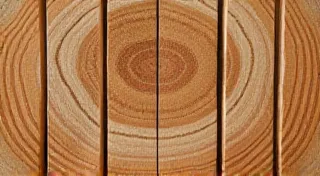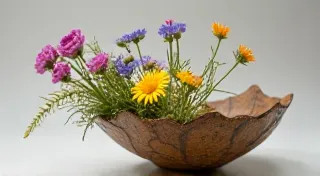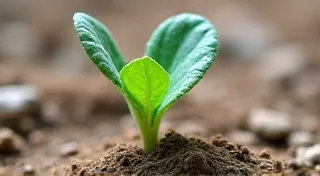The Silent Dialogue: A Carving Blade’s Connection to Nature
The scrape of steel against wood. It’s a sound both simple and profound, a sonic echo of centuries of human interaction with the natural world. For those who carve with a penknife – those who engage in the ancient art of penknife whittling – it’s a sound that transcends mere physical action. It’s a silent dialogue, a conversation between the carver, the tool, and the wood itself.
My first encounter with that sound was accidental. I was a child, rummaging through my grandfather’s workshop, a chaotic but comforting space filled with the scent of sawdust and oil. He was a carpenter, a man of few words but immense skill. He handed me a small, worn penknife and a scrap of basswood. “See what you can do,” he said, his eyes twinkling. I didn't know what to do, of course, but the feel of the wood, the heft of the blade, and the tentative cuts I made sparked something within me – a nascent appreciation for the quiet persistence of creation.
A History Etched in Wood
Penknife whittling isn’t a recent phenomenon. It’s deeply intertwined with the history of folk art and traditional crafts across the globe. Before power tools, before elaborate carving setups, there was the humble penknife. Across cultures – from the Scandinavian *hylans* figures carved from birch bark to the playful animal carvings of Appalachian folk artists – the penknife served as a primary tool for creative expression.
In Europe, particularly in regions with abundant forests, wood carving was often a winter pastime, a way to utilize resources and pass down skills through generations. Simple toys, spoons, bowls, and decorative objects were all brought to life with the skillful use of a small blade. The portability of the penknife made it an ideal tool for travelers, soldiers, and anyone seeking a moment of creative escape. Imagine a soldier, far from home, finding solace in carving a small figure from a piece of driftwood - a tangible connection to a familiar landscape and a comforting reminder of loved ones. The beauty of these creations often lies in their imperfection, embodying principles of wabi-sabi, finding harmony and value in transience and simplicity. You can delve deeper into the philosophy of imperfection and its place in woodworking by exploring Embracing Imperfection: The Beauty of Wabi-Sabi in Wood Carving.
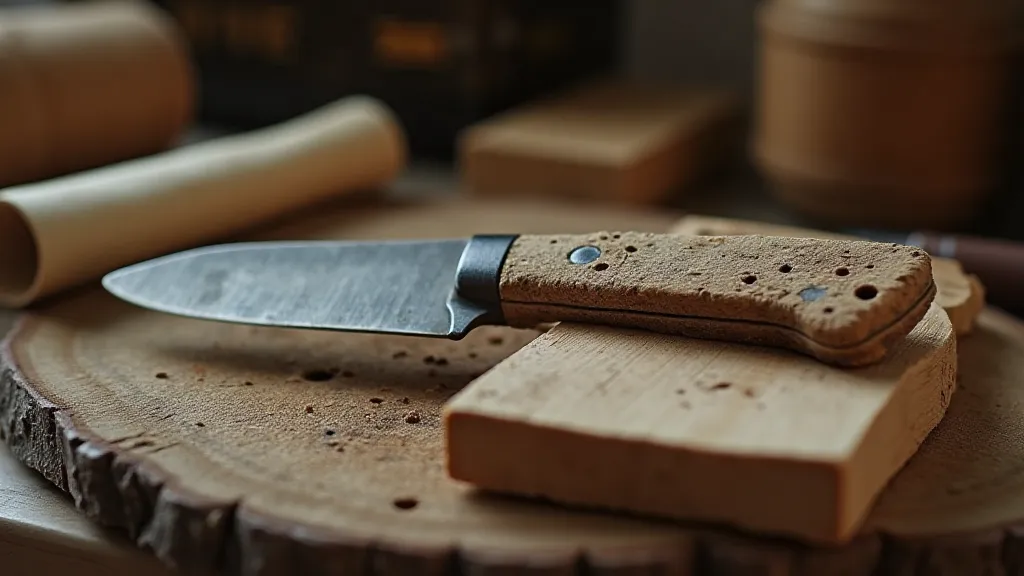
The Carver's Respect: A Circle of Reciprocity
What distinguishes penknife whittling is more than just the tool. It’s the intimacy it fosters between the carver and the material. Unlike larger carving tools that can feel distant, a penknife demands a certain level of control, awareness, and respect. You feel the grain of the wood, sense its resistance, and adapt your technique accordingly. There's a directness to the process that is profoundly satisfying.
This respect extends beyond simply handling the wood. It's about sourcing responsibly, understanding the tree's history, and acknowledging the life it once held. Every piece of wood carries a story – the seasons it endured, the creatures it sheltered, the sunlight it absorbed. A skilled carver will listen to that story, allowing the wood to guide the design, rather than forcing a preconceived notion upon it. A knot might suggest a bird's wing, a swirling grain might inspire a flowing pattern. Understanding how to interpret these natural features and weave them into a design is an essential skill, and the way a master carver shapes form through subtraction can reveal the inherent beauty within the wood. You can learn more about the process of revealing form by reading Shadows of the Handle: Shaping Form Through Subtraction.
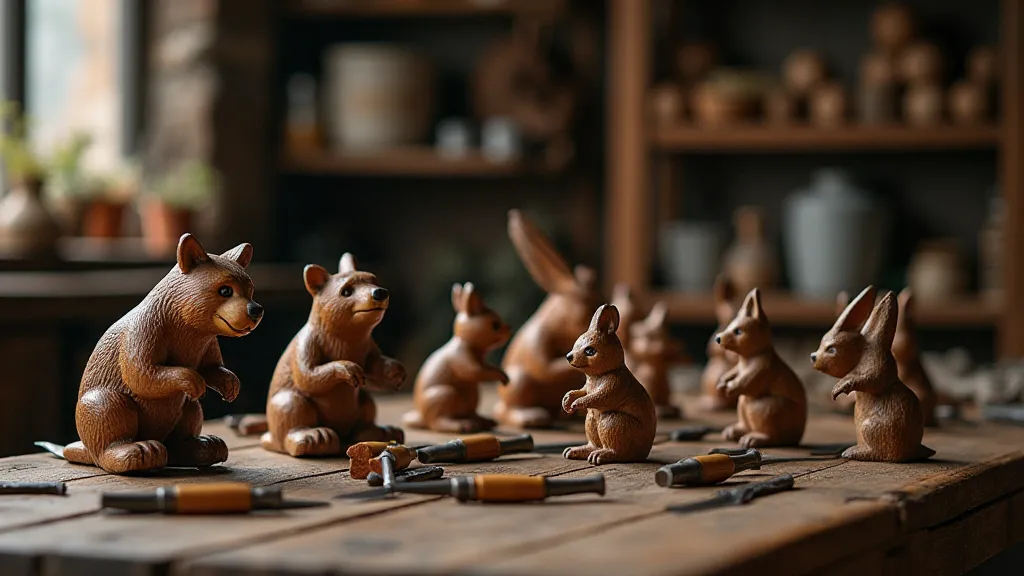
The Language of the Grain
Penknife whittling is, in essence, a language. The blade is the pen, the wood is the page, and the carver is the writer. The cuts you make – the paring, the slicing, the stop cuts – become the words, the sentences, the paragraphs of your artistic expression. And just like any language, mastery takes time, practice, and a deep understanding of the nuances of the craft.
There’s a particular rhythm to the process – the controlled pushes, the careful pulls, the constant reassessment. You learn to read the wood, to anticipate its behavior, to correct your mistakes with a swift and precise movement. Over time, your cuts become more refined, your designs more ambitious, your connection to the natural world more profound. The nuances of wood grain are as varied and intricate as any landscape, and often a story, a narrative, can be found within the knots and swirls. Many carvers find that allowing a prominent knot to become a focal point is a powerful way to tell a story through their work. The way a skilled carver uncovers and highlights these natural narratives is a testament to their artistry, and you can explore how to find The Arbor's Whisper: Finding Narrative Within the Knot in your own work.
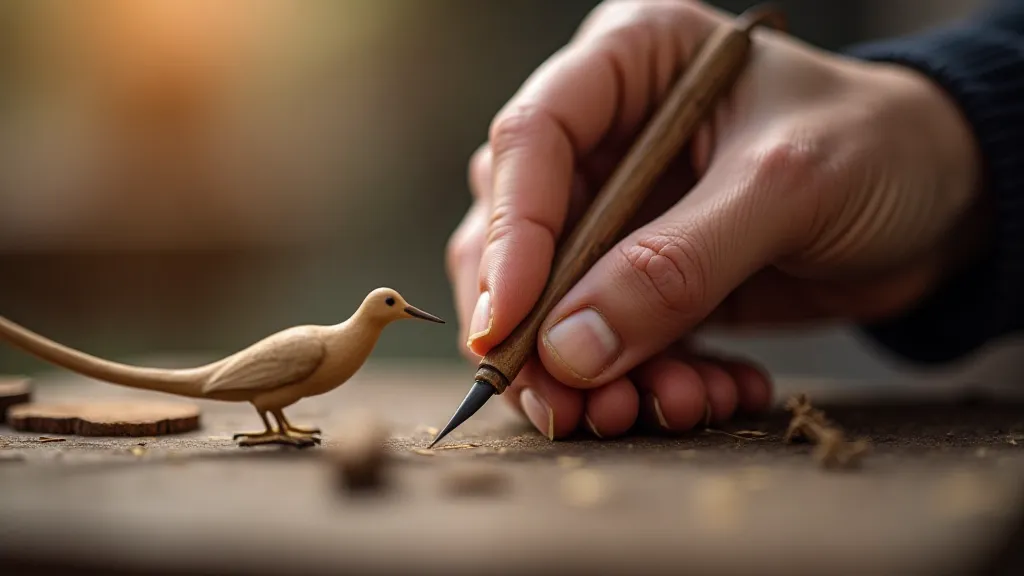
Preserving the Legacy: Collecting and Restoration
Antique penknife whittling pieces – folk art carvings, simple toys, utilitarian objects – are becoming increasingly valued. They represent not only the skill of the maker but also a connection to a bygone era, a time when creativity was interwoven with daily life. Collecting these pieces isn't about acquiring trophies; it’s about preserving a piece of cultural heritage.
Restoration, when undertaken with respect and sensitivity, can help to protect these pieces for future generations. It's crucial, however, to avoid aggressive cleaning or modifications that would erase the original character and patina. Often, the beauty lies in the wear and tear – the chipped paint, the faded finish, the subtle imperfections that tell a story of a life well-lived. A gentle cleaning with a soft brush and a touch of beeswax may be all that's needed to reveal the inherent beauty of the carving. Researching the style and techniques of the era can inform restoration decisions and ensure authenticity. The careful consideration of every mark and imperfection, understanding its historical context, is a skill that demands both knowledge and artistic sensitivity. It's about appreciating the echoes of the hands that shaped the piece and preserving those stories for generations to come.
The Philosophy of Form and Subtraction
Beyond the technical aspects of carving, there lies a deeper philosophical understanding of form and the power of subtraction. Each cut is a decision, a revelation of the potential that lies hidden within the wood. The carver doesn’t simply add to the material; they reveal it, allowing the inherent beauty to emerge. This process requires patience, observation, and a willingness to listen to the wood’s guidance. It’s about recognizing that the true form isn't something imposed upon the material, but rather something uncovered through careful and considered removal.
The Tools of the Trade: Beyond the Penknife
While the penknife remains the quintessential tool for this art form, a skilled carver often expands their toolkit. Small gouges, rasps, and even sandpaper can be used to refine shapes and textures. However, it’s important to remember that the penknife should always remain the primary instrument, the tool that establishes the initial form and imparts the characteristic feel of the carving. The other tools serve to complement and enhance the work, but they should never overshadow the penknife’s influence. Understanding how to combine various tools to achieve the desired effect is an important aspect of mastering the craft. However, the most important skill is the ability to use these tools with precision and control, always mindful of the underlying grain and character of the wood.
Finding Your Voice: Developing a Carving Style
As you progress in your carving journey, you’re likely to develop your own distinct style. This isn’t something that can be forced; it emerges naturally from your experiences, your preferences, and your connection to the wood. Experiment with different subjects, different techniques, and different types of wood. Don’t be afraid to make mistakes; they’re an inevitable part of the learning process. Embrace your individuality, and let your carving reflect your unique perspective on the world. The journey of becoming a true artist is a deeply personal one, marked by constant experimentation, refinement, and self-discovery.
Community and Shared Inspiration
Connecting with other carvers can be a source of immense inspiration and support. Join a local carving club, attend a workshop, or participate in an online forum. Sharing your work, receiving feedback, and learning from others can accelerate your progress and deepen your appreciation for the craft. The camaraderie of a shared passion fosters a sense of community and provides opportunities for growth and collaboration. Remember that you are part of a long and vibrant tradition, and that your work contributes to a rich cultural heritage.
A Continuing Dialogue
The silent dialogue between the carver, the tool, and the wood continues. While power tools and modern carving techniques have their place, there's something irreplaceable about the intimacy and connection fostered by the humble penknife. It’s a reminder of our shared history with the natural world, a testament to the enduring power of human creativity, and a pathway to finding peace and fulfillment in the simple act of carving. Pick up a penknife, find a piece of wood, and listen – you might be surprised by what you hear.



